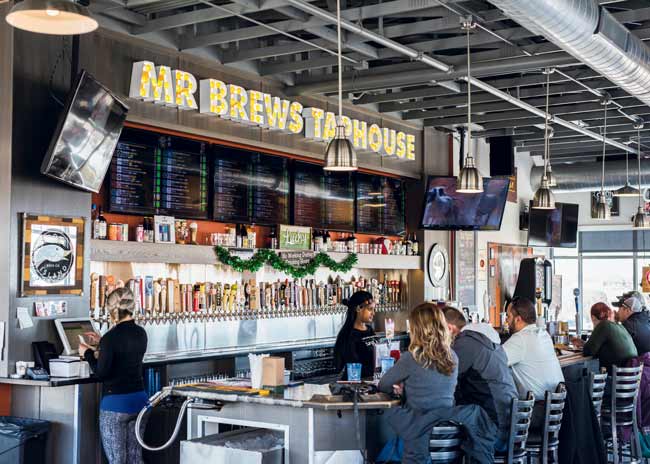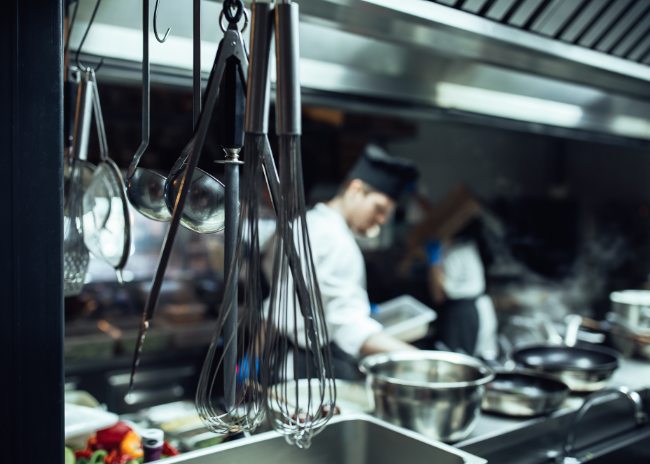The National Restaurant Association identified “swicy” foods, a combination of sweet and spicy flavors, as one of its top culinary trends for 2023.
When it comes to foodservice equipment care and maintenance, operators tend to focus on the bigger pieces like ovens and refrigerators. This is understandable, given their cost and how important they are to the work in a kitchen.
Diners may order takeout and delivery more often these days, but they continue to make it clear that in-restaurant dining remains an important and valued experience in the so-called new normal.
Jonathan Nikiel, project leader at Reitano Design Group, admits that on the surface, school foodservice might not be as glamorous as other projects that often come with higher profiles and bigger budgets.
Flatbread sandwiches and wraps have become staples on many menus in recent years.
Menu and proximity are big factors in fry station design.
It seems there’s very little that consumers don’t love about pizza — and very little that foodservice operators won’t do to keep that passion alive.
“Do more with less” is becoming a common mantra for operators in this segment, as is leveraging technology wherever possible.
Location and logistics remain top considerations for a seamless off-premises experience.
For various reasons, many operators continue to turn more toward electric cooking equipment. Here’s what they should consider when purchasing these items.
The commitment to a made-on-site menu frequently means having a well-trained kitchen crew and a thoughtful back-of-the-house strategy to support them.
The National Restaurant Association’s 2023 “What’s Hot Culinary Forecast” predicts globally inspired salads will be a top trend this year.
That’s a wrap! Four years after COVID-19 put the pause button on The NAFEM Show, foodservice equipment and supplies industry professionals were able to reunite with friends and colleagues, make new connections and see and learn about new equipment and technologies on the market. As this year’s The NAFEM Show illustrated, a lot has changed.
Just like the pandemic pushed enhanced point-of-sale, online ordering, equipment monitoring and other operational technology to the forefront of the restaurant and foodservice industry, so has it pushed 3D technology to the forefront of the foodservice design community, chiefly in the form of virtual reality.
Typically reserved for the hours between 2 p.m. and 6 p.m., when customer traffic tends to be slowest at restaurants and bars, happy hour helps bring in extra business with events, discounts and/or promotions. This moniker is rooted in the Prohibition era, when happy hour took place at speak-easies prior to people going out to dinner at restaurants where alcohol was prohibited.



















